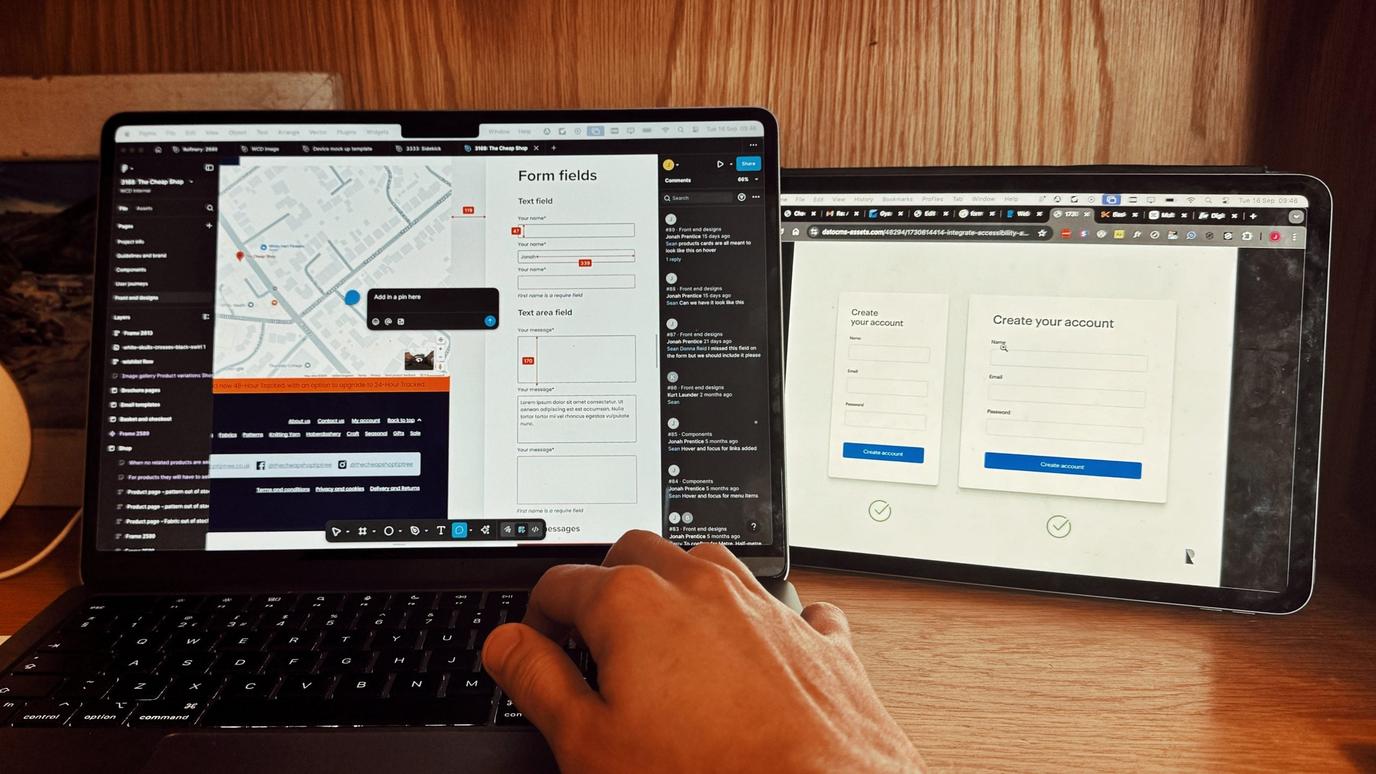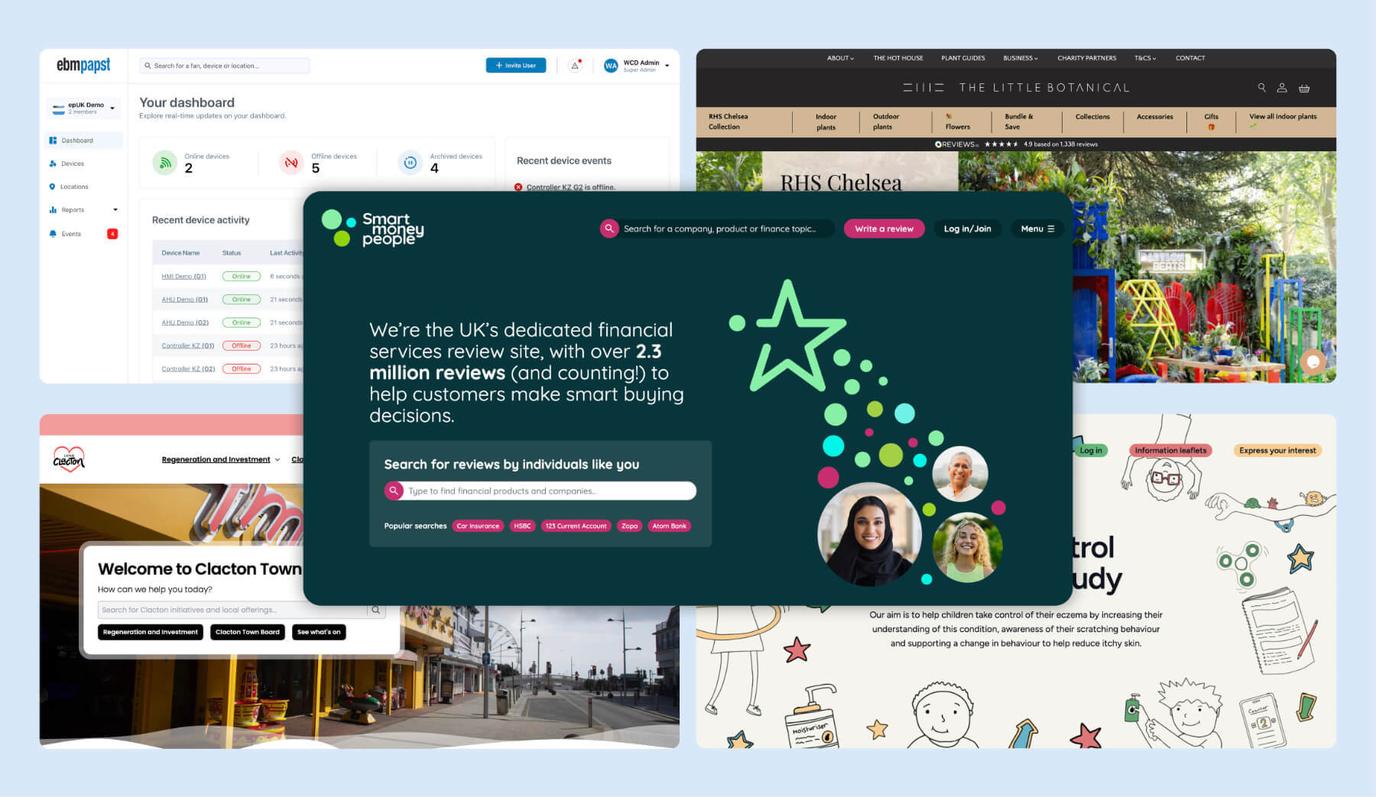
Google Analytics has long been the go-to analytics tool for businesses and website owners. In October 2020, Google released a major update to its analytics platform, transitioning from the original Universal Analytics to Google Analytics 4 (GA4).
Last year Google announced that from July 1st 2023, Universal Analytics will no longer be available for processing data and if people want to continue to use Google Analytics then it must be through the GA4 platform. So, from July 1st companies must either make the switch to the new option or they will not have access to new analytics data from Google.
In this article, we’ll cover the key differences between Universal Analytics and GA4, and your options when considering the switch.
What is Google Analytics 4?
Google Analytics 4 is the latest version of Google’s analytics platform. It is focused on a more tailored approach to data and insights about how user behaviour changes across multiple platforms and devices. It also utilises machine learning and AI to provide deeper insights into user behaviour and engagement. It also has a completely new set of terminologies to learn and a very different interface than you may be used to if you have been using universal analytics.
Terms such as ‘bounce rate’ are no longer used, instead replaced by ‘engagement rate’ which shows how users interact with your website content. It should be noted that, similar to universal analytics, the platform is large, technical and can be a challenge to learn.
Key differences between Universal Analytics and GA4:
- Event-driven data model
One of the most significant differences between Universal Analytics and GA4 is the data model. While Universal Analytics was based on sessions and pageviews, GA4 is event-driven. This means that every user interaction on your site or app is captured as an event.
- Cross-device tracking
With GA4, you can track user behaviour across multiple devices, including mobile apps, websites, and even offline interactions. This provides a more complete view of user engagement and helps you understand how users interact across different touch-points.
- Machine learning
GA4 is also powered by machine learning and AI, which provide predictive analytics. This can help you identify which users are most likely to convert, and how to optimise your website or app to increase conversions.
- Reporting changes
GA4 reporting is very different compared to universal analytics. It allows you to set up custom reports that you can then feature on various dashboards, each of which is tailored to the information you want to know. It also shows real-time information in a ‘data stream’ and new events can be created and modified to trigger and tell you when specific events occur.
Why you should consider switching to GA4
Many platforms, such as Google Ads and Google Shopping rely on Google Analytics data to function correctly. They use conversion tracking events to match up purchases with specific ads and can help your ad campaigns improve over time. While it is possible to use other conversion tools to achieve these aims, such as Tag Manager, Google Analytics remains the easiest way to track website conversions from advertising.
How to switch to GA4
If you’re already using Universal Analytics, switching to GA4 is a relatively straightforward process that can be completed through the setup wizard tool. This will be present at the top of your universal analytics screen if you have not yet upgraded. It will guide you through the process of creating a new GA4 property in your Google Analytics account and using the new GA4 tracking code, also giving you a checklist of other items to go through. Furthermore, you can import your existing Universal Analytics data into GA4, so you don’t lose any historical data.
While in some cases conversion events can be migrated from universal analytics using the setup tool, in many cases conversion tracking must be set up again from scratch, especially if you create funnels. While this may be fine if you have a technical team, it is certainly something to consider as early as possible if you have a complex setup that leverages Tag Manager or eCommerce data for Google Shopping.
Other options and alternatives
GA4 and other Google products can be complicated and require cookies to function. There are alternative cookieless analytics tracking programs, such as Plausible Analytics, which we host in-house. Plausible is much simpler to use and removes any technological requirements from both installation and use. We are currently working on a solution to help companies track conversions through their ads using this cookieless and non-technical approach.
Conclusion
Overall, the transition from Universal Analytics to Google Analytics 4 represents a significant change for businesses and website owners. GA4 provides a more powerful and very different analytics platform that requires time and learning in order to use correctly. There are, however, rewards for doing so and in dedicating time to the dashboards, business owners can get a significant quantity of good quality data in a small timeframe.
If you are looking for technical support with this or any other topic, please just let us know. Feel free to call us on 01206 696205 or email us at enquiries@wecreate.digital





